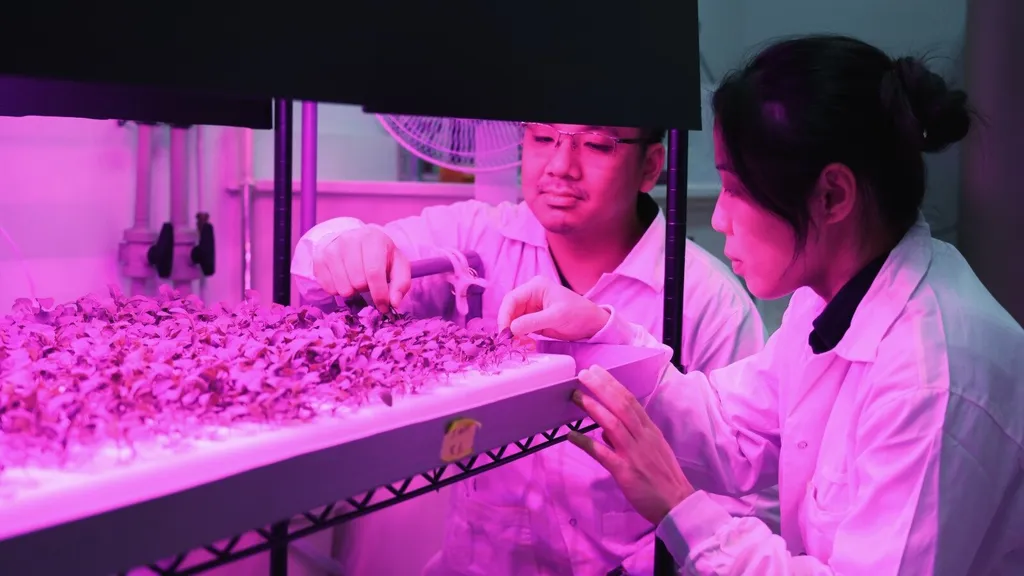In the heart of South Korea, researchers are pioneering a technology that could revolutionize the way we approach smart agriculture. Mohammod Ali, a researcher from the Department of Agricultural Machinery Engineering and the Department of Smart Agricultural Systems at Chungnam National University, has led a study that demonstrates the potential of ultrasonic sensors in precision farming. The research, published in the Journal of Agricultural Engineering (or, in English, the Journal of Agricultural Engineering), focuses on the detection of key parameters in pepper plants and land features, paving the way for advanced unmanned vehicle navigation and obstacle avoidance in agricultural settings.
The study’s significance lies in its ability to accurately measure plant height, canopy volume, row spacing, and ridge spacing using ultrasonic sensors. These measurements are crucial for the development of autonomous farming equipment, which requires precise navigation and operation. “Accurate detection of these field features is essential for the development of unmanned vehicles,” Ali explains. “Our research shows that ultrasonic sensors can provide the necessary data to support smart agricultural practices.”
The research involved both laboratory and field trials. Initially, laboratory tests were conducted to evaluate the sensor’s accuracy in detecting pepper plant height and canopy volume. Following successful validation, field trials were carried out in a pepper cultivation area using a remote-controlled vehicle platform. The data collected was visualized in real-time using an open-source application.
The results were promising. The algorithm developed by Ali and his team effectively estimated the height, canopy volume, row spacing, and ridge spacing for pepper plants and associated land features. The measurements showed remarkable accuracy, with simple linear coefficients of determination (r²) ranging from 0.81 to 0.95. “The estimation values were strongly correlated with the measured values,” Ali notes, highlighting the reliability of the ultrasonic sensing technology.
The implications of this research are far-reaching. The developed system has the potential to support smart crop production and be adaptable to various agricultural settings, including greenhouses, open fields, and on-farm vehicles. This technology could identify different types of plants and land features, making it a versatile tool for precision farming.
As we look to the future, the integration of ultrasonic sensors in agricultural practices could significantly enhance the efficiency and productivity of farming operations. This technology could support the development of autonomous farming equipment, reducing the need for manual labor and increasing the precision of agricultural tasks. Moreover, the real-time data provided by these sensors could enable farmers to make informed decisions, optimizing crop yield and resource management.
In the words of Mohammod Ali, “This technology has the potential to transform the way we approach agriculture. It’s not just about improving efficiency; it’s about creating a more sustainable and intelligent farming system.” As we continue to explore the capabilities of ultrasonic sensors, we edge closer to a future where smart agriculture is the norm, not the exception.

